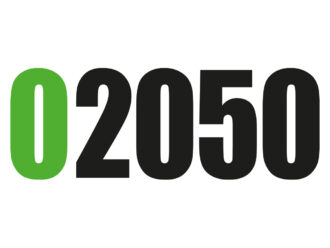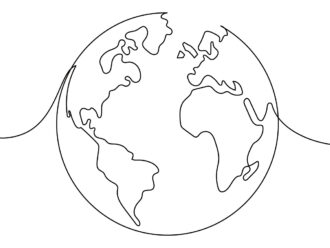Europe is in a state of flux, with QE, oil and a sharp decline in the euro pulling the continent in different directions. Emma Cusworth finds out more.
The tides are shifting in Europe – at least in the short-term. Waves of seemingly positive news have lapped the shores of this much-beleaguered region in recent months, creating what is broadly perceived to be a more supportive economic backdrop.
Three factors stand out in particular: the European Central Bank’s 22 January announcement that it would undertake full-blown quantitative easing, the spectacular fall in the oil price since late last year, and the precipitous decline of the euro.
A BRIGHTER PICTURE FOR EUROPE
The ECB finally announced on 22 January it would begin the long-awaited QE in the form of sovereign and corporate bond buying. What took markets by surprise, however, was the scale of Mario Draghi’s €60bn a month programme, which could see him spend more than €1trn in assets.
“Finally they got there,” says Stewart Robertson, senior economist at Aviva Investors, “and surprised on the upside in terms of the amount.”
The announcement helped drive the euro down. According to data from ClearTreasury, Eurodollar is down over 3.85% since its January highs, although it had been as much as 4.75% lower in the days following the QE announcement.
European QE is not the sole driver of the positive currency direction, however. The clearly divergent path between the European and US central banks has also been key.
“The outlook for monetary policy in the US has diverged from that of Europe,” explains Wouter Sturkenboom, investment strategist at Russell Investments. “The tightening expected in the US is behind the major decline in the euro, which is on an expansionary monetary policy path. We expect that to widen in the coming months, which will keep the euro under pressure.”
A BRIGHTER PICTURE FOR EUROZONE RISK ASSETS
A weak euro is good news for Europe’s heavily export-driven economy, especially Germany, which accounts for well over half of the eurozone current account.
“It should help European companies boost market share and have a positive impact on their revenues as they earn income abroad,” Sturkenboom says. “Germany is the biggest exporter in Europe and the most investable market.”
Sturkenboom estimates for every 10% drop in the euro, corporate profitability increases around 6% because of the scale of earnings European companies generate abroad.
“We have a fairly chunky overweight to eurozone equities,” he reports, “and have been handsomely rewarded with a 10% gain in local currency terms year to date (9 February). We will keep that overweight on.”
The falling oil price has further boosted the outlook for Europe as the region is a big energy importer. European Commission data shows Europe imported over $41bn of oil during the first half of 2014, accounting for just over 20% of global oil imports, nearly four times that of North and South America combined (5.31%).
“Europe is one of the main beneficiaries of the lower oil price,” argues Aviva’s Robertson. “We have been pessimistic on Europe for a long time, but it is possible now to believe it can achieve its growth potential.” He estimates Europe could grow between 1% to 1.5% in 2015.




Comments